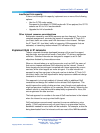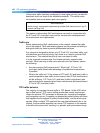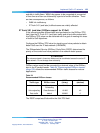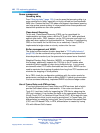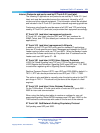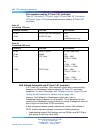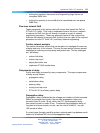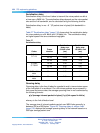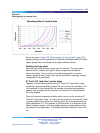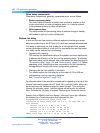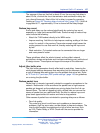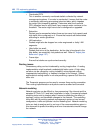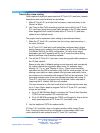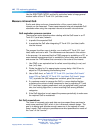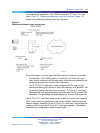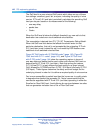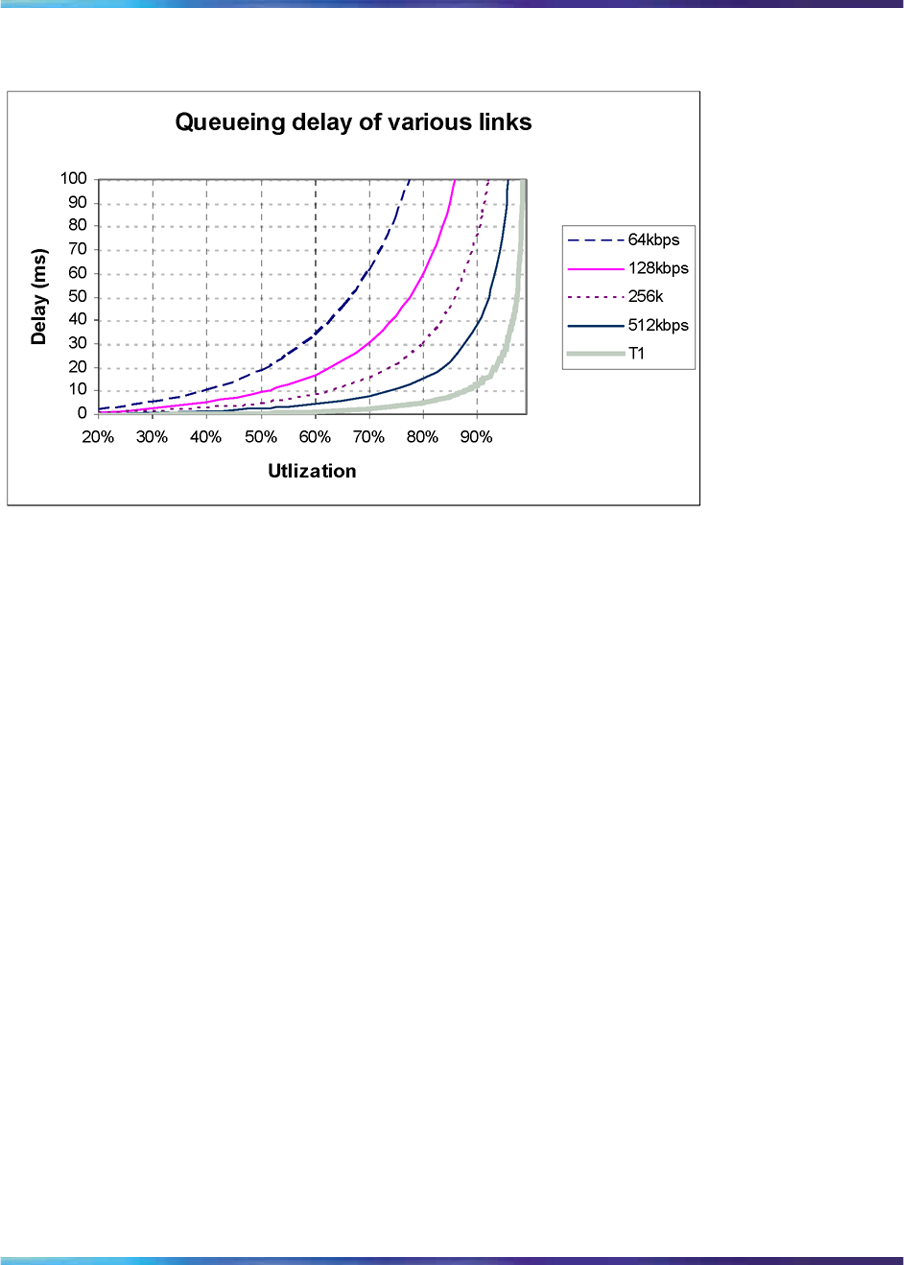
Implement QoS in IP networks 135
Figure 26
Queuing delay of various links
As can be seen in Figure 26 "Queuing delay of various links" (page 135),
queueing delays can be significant for links with bandwidth under 512 kbit/s.
Higher speed links can tolerate much higher utilization levels.
Routing and hop count
Each site pair takes different routes over the intranet. The route taken
determines the number and type of delay components that add to
end-to-end delay. Sound routing in the network depends on correct
network design at many levels, such as the architecture, topology, routing
configuration, link and speed.
IP Trunk 3.01 (and later) system delay
Together, the transmitting and receiving IP Trunk 3.01 (and later) nodes
contribute a processing delay of about 33 ms to the end-to-end delay. This
is the amount of time required for the encoder to analyze and packetize
speech, and is required by the decoder to reconstruct and de-packetize
the voice packets.
There is a second component of delay which occurs on the receiving IP
Trunk 3.01 (and later) node. For every call terminating on the receiver, there
is a jitter buffer which serves as a holding queue for voice packets arriving
at the destination ITG. The purpose of the jitter buffer is to smooth out the
effects of delay variation, so that a steady stream of voice packets can be
reproduced at the destination. The default jitter buffer delay for voice is 60
ms.
Nortel Communication Server 1000
IP Trunk Fundamentals
NN43001-563 01.01 Standard
Release 5.0 30 May 2007
Copyright © 2007, Nortel Networks
.



